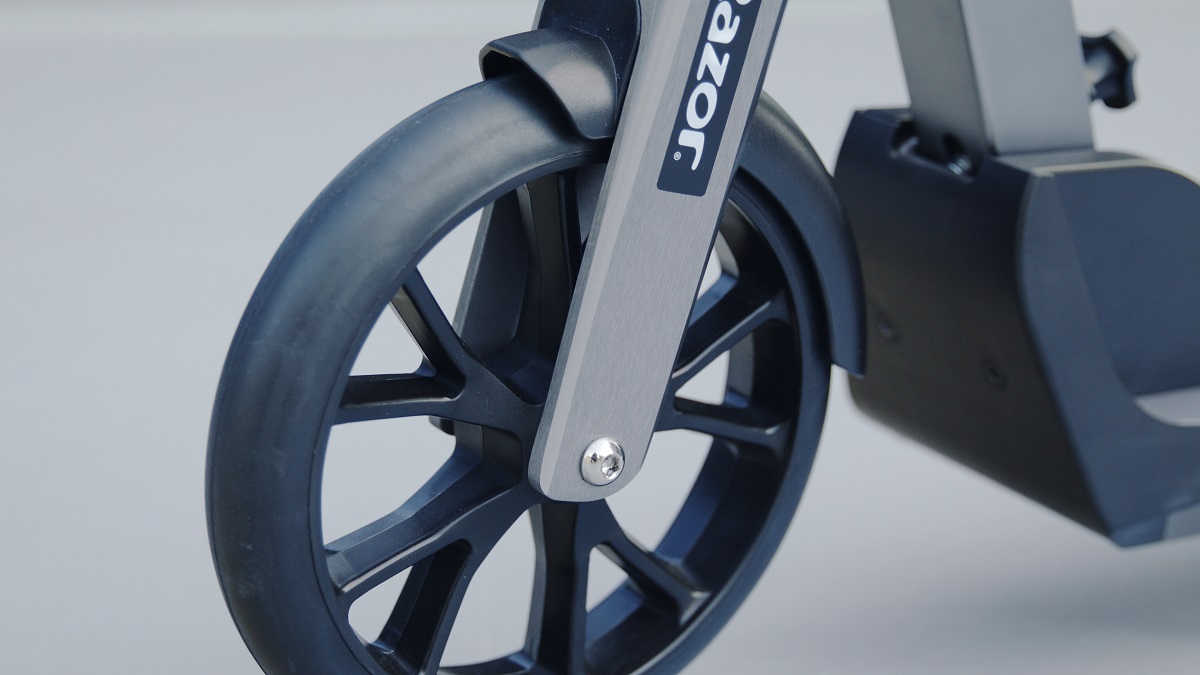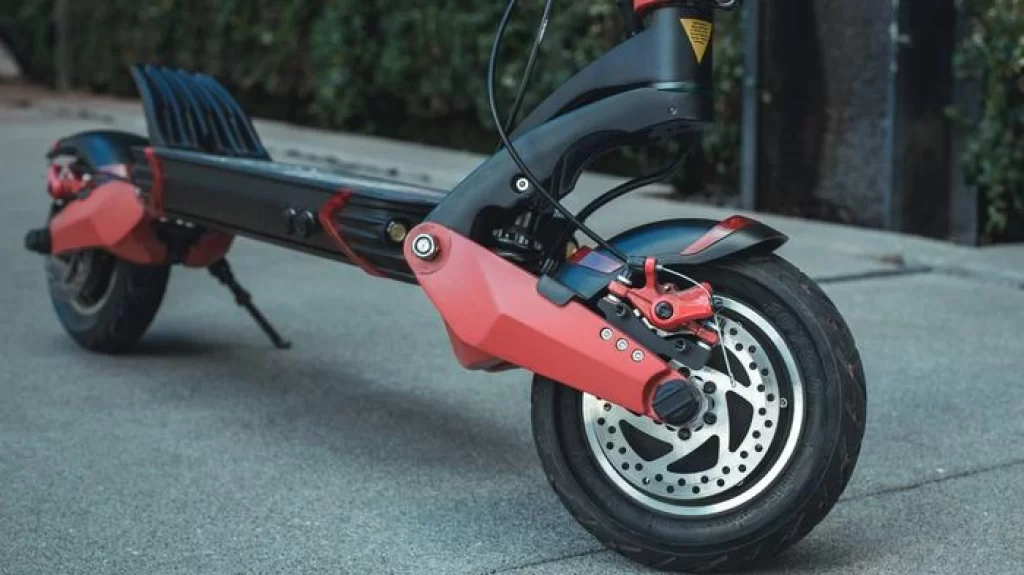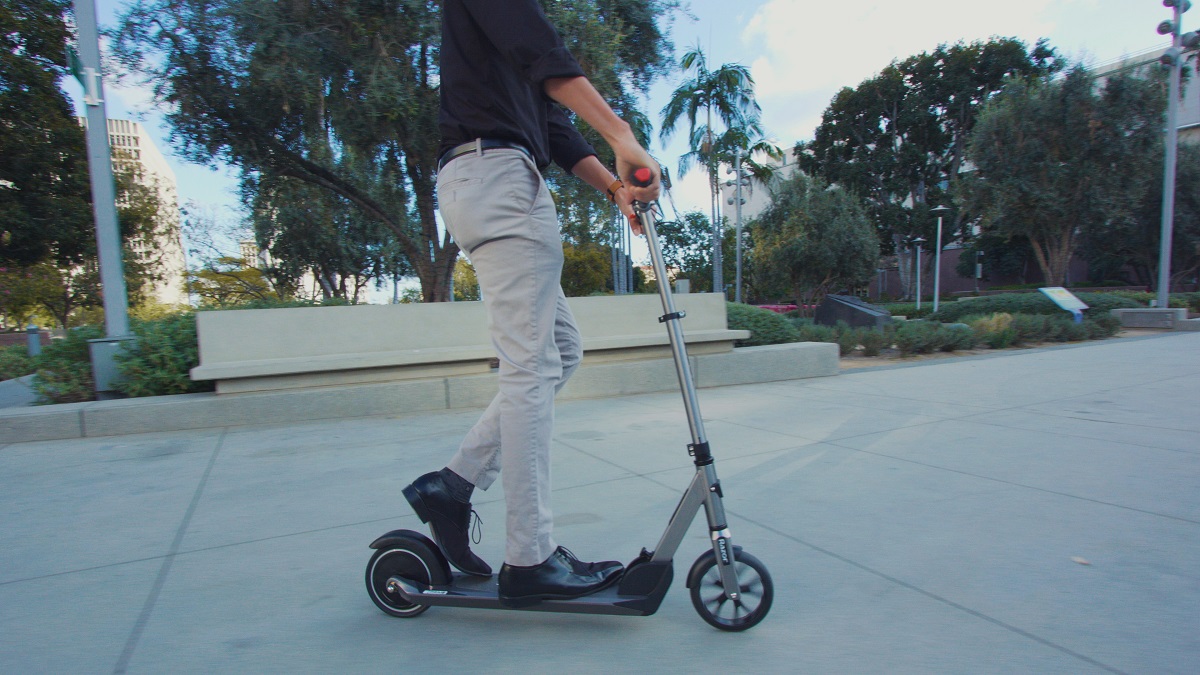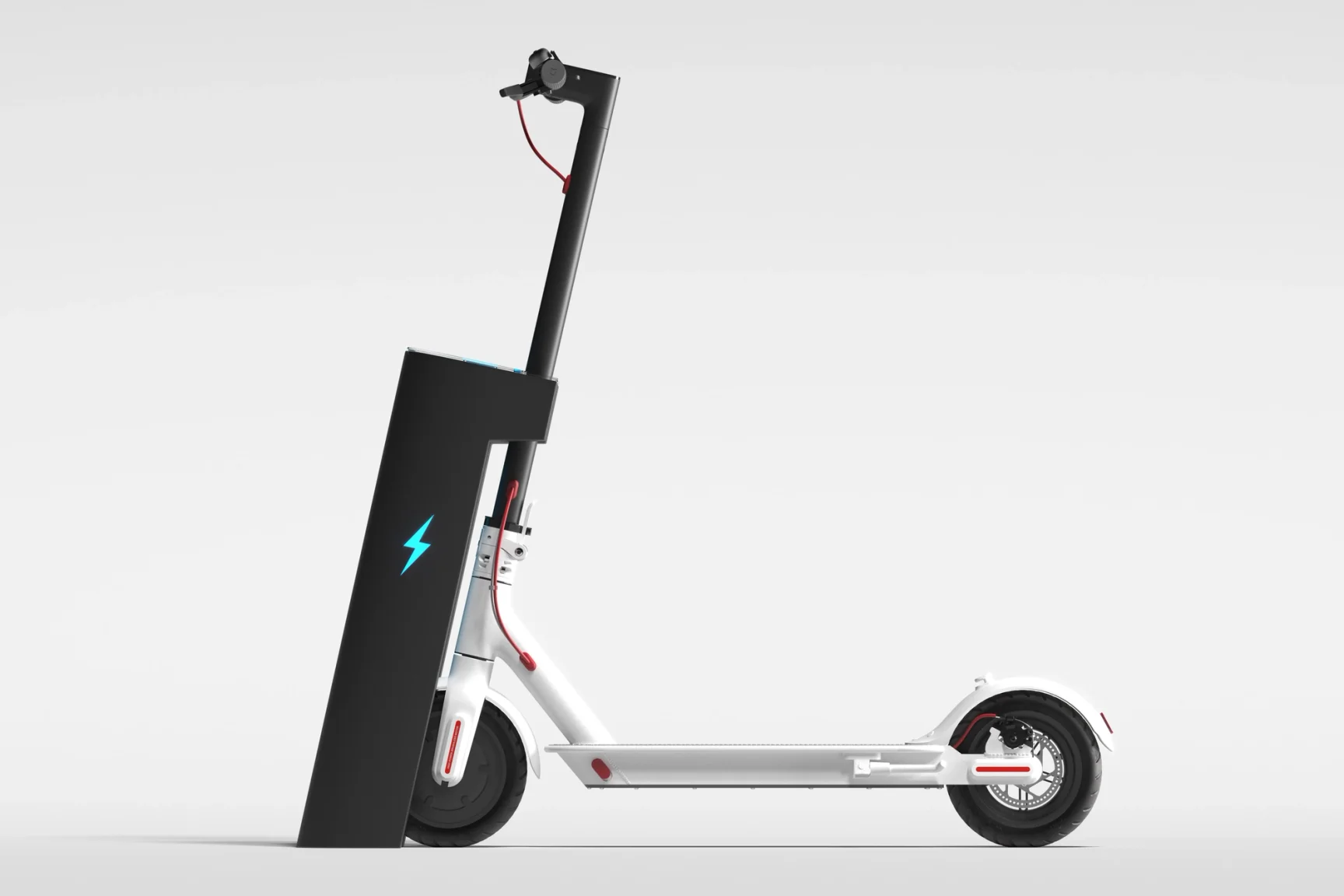I. Introduction

As electric scooters gain popularity as a convenient and eco-friendly mode of transportation, it becomes imperative to understand the factors that contribute to their long-term efficiency. Among these factors, battery life plays a crucial role in determining a scooter’s overall performance and reliability.
II. Understanding Electric Scooter Batteries
A. Types of Electric Scooter Batteries
There are two commonly used types of electric scooter batteries: lead-acid batteries and lithium-ion batteries. Understanding the characteristics of each can help users make informed decisions about their scooter’s battery.
- Lead-acid batteries: These batteries are inexpensive and have been used in electric scooters for a long time. However, they are heavier, have lower energy density, and tend to have a shorter lifespan compared to lithium-ion batteries.
- Lithium-ion batteries: Lithium-ion batteries are more expensive but offer several advantages over lead-acid batteries. They are lighter, have higher energy density, longer lifespan, and provide better performance.
B. Battery Capacity and Range
The capacity of an electric scooter’s battery directly affects its range, which is defined as the distance the scooter can travel on a single charge. Factors such as battery capacity and scooter weight determine the range of a scooter.
- How battery capacity affects the scooter’s range: The battery capacity is measured in ampere-hours (AH) or watt-hours (Wh). A higher battery capacity means the scooter can travel further on a single charge. It is important to consider the battery’s capacity while purchasing an electric scooter, depending on your intended usage and commuting needs.
- Factors that affect battery capacity: Various factors can affect the battery capacity and subsequent range of an electric scooter. These include temperature, rider weight, terrain, speed, and the condition of the battery.
III. Tips for Maximizing Electric Scooter Battery Life

To maximize the battery life of an electric scooter, it is important to adopt proper charging practices, manage speed and terrain, optimize scooter settings, and perform regular maintenance and care.
A. Proper Charging Practices
Following proper charging practices can significantly extend the battery life of an electric scooter.
- Using the correct charger and voltage: It is crucial to use the charger provided by the manufacturer and ensure that it matches the voltage requirements of the scooter’s battery. Using an incompatible charger or voltage can damage the battery and reduce its lifespan.
- Avoiding overcharging or undercharging the battery: Overcharging or undercharging the battery can negatively impact its longevity. It is recommended to charge the battery to its full capacity and avoid leaving it on the charger for extended periods.
- Charging at room temperature and avoiding extreme temperature conditions: Extreme temperatures can also affect battery life. It is advisable to charge the electric scooter’s battery at room temperature and avoid exposing it to extreme cold or heat.
B. Managing Speed and Terrain
The speed at which an electric scooter is ridden and the terrain it is driven on can significantly impact battery life.
- Conserving battery power by riding at a moderate speed: Riding at high speeds consumes more battery power, draining the battery faster. It is advisable to ride the scooter at a moderate speed to maximize battery life.
- Minimizing uphill climbs and rough terrains to reduce battery drain: Uphill climbs and rough terrains require more power from the battery, leading to faster depletion. Avoiding steep uphill climbs and rough terrains can help reduce battery drain.
C. Optimizing Scooter Settings

Optimizing scooter settings can help maximize battery life and efficiency.
- Adjusting power-saving modes and throttle settings according to your needs: Many electric scooters have power-saving modes that can be activated to reduce battery consumption. Additionally, adjusting throttle settings to a lower power output can help conserve battery power during rides.
- Utilizing regenerative braking to extend battery life: Some electric scooters come with regenerative braking systems that convert kinetic energy into electrical energy while braking, effectively extending the battery life.
D. Regular Maintenance and Care
Regular maintenance and care can significantly contribute to the longevity of an electric scooter’s battery.
- Keeping the battery and scooter clean and free from debris: Accumulated dirt and debris can affect battery performance and overall scooter efficiency. Regularly cleaning the scooter and removing any debris can help maintain battery life.
- Periodically checking and tightening battery connections: Loose battery connections can lead to a poor electrical connection and reduced battery performance. Periodically checking and tightening the battery connections can help maintain optimal battery function.
- Storing the scooter properly during long periods of inactivity: If the electric scooter is not going to be used for an extended period, it is important to store it properly. This includes fully charging the battery before storage and keeping it in a cool, dry place.
IV. Extending Battery Life through Smart Riding Habits
A. Planning Efficient Routes

One of the ways to maximize your electric scooter’s battery life is by planning efficient routes for your rides. Here are some tips to consider:
- Mapping out routes with optimal paths and less traffic
- Using GPS or mapping applications to find the most direct and efficient routes to your destination can help reduce the distance and time of your rides, ultimately conserving battery power.
- Avoiding unnecessary detours or multiple stops
- Minimizing the number of detours or stops you make during your ride can help maintain a steady speed and reduce energy consumption. If possible, plan your trips in a way that avoids unnecessary stops or backtracking.
B. Considerate Weight Management
Another factor that can significantly impact battery life is the weight on the scooter. Here are some considerations for weight management:
- Reducing unnecessary weight on the scooter
- Remove any unnecessary items or accessories from your scooter that add weight and contribute to increased power consumption. Lightening the load can help improve battery efficiency.
- Being mindful of cargo and passenger loads
- If you regularly carry items or have a passenger on your scooter, be mindful of the added weight. Distribute the weight evenly and avoid overloading beyond the recommended capacity. This will help decrease the strain on the battery and prolong its life.
V. Troubleshooting and Battery Replacement

A. Signs of Battery Degradation and When to Replace
Over time, electric scooter batteries may experience degradation, which can affect their performance. Look out for these signs that may indicate it’s time for a battery replacement:
- Decreased range
- If you notice that the scooter’s range has significantly decreased compared to when the battery was new, it may indicate that the battery’s capacity has diminished.
- Difficulty holding a charge
- If the battery struggles to hold a charge and discharges quickly even after a full charge, it may be a sign of battery degradation.
B. Choosing the Right Replacement Battery
When it’s time to replace your electric scooter battery, consider the following factors:
- Battery type, voltage, and capacity
- Ensure that you select a battery that is compatible with your electric scooter in terms of its type (e.g., lead-acid or lithium-ion), voltage, and capacity. Consult the manufacturer or a specialist to ensure you choose the correct replacement battery.
- Seeking professional assistance if needed
- If you’re unsure about how to choose or replace the battery, it’s recommended to seek professional assistance. Authorized service centers or specialized technicians can guide you through the process and help ensure the proper installation of the replacement battery.
In conclusion, extending the battery life of your electric scooter through smart riding habits involves planning efficient routes, managing weight, and being aware of signs of battery degradation. By implementing these strategies and considering factors for battery replacement, you can maximize your scooter’s battery life and enjoy longer rides with optimal performance. Remember to always prioritize safety and consult professionals when needed.
